Five years on since I transitioned to People Ops, here is what I have learned about navigating People Ops in remote companies and making sure people are their best at work.
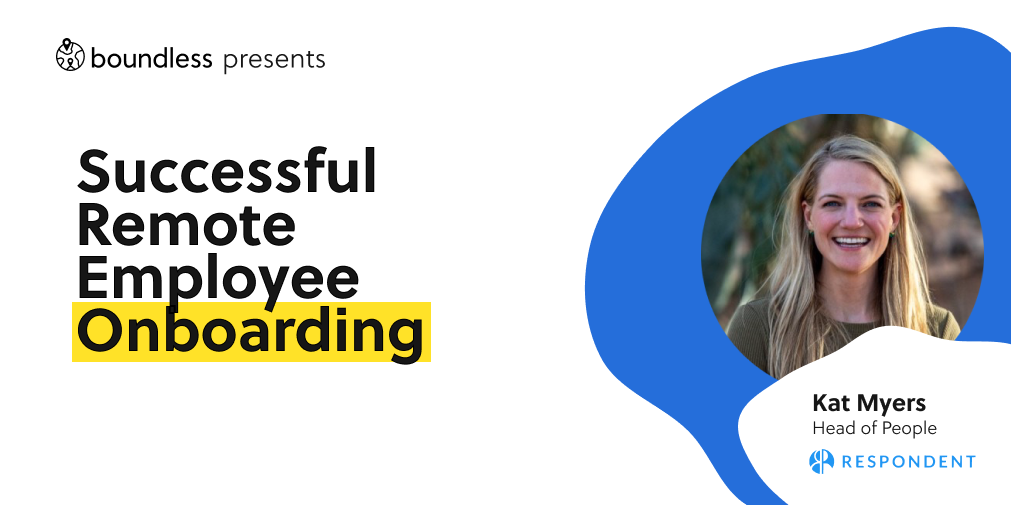
Last month, we ran the second Boundless online meetup, part of a series of community events to help People Ops professionals. Our guest was Kat Myers, Head of People at Respondent, who talked about successful remote employee onboarding. In this post, we would like to share all of the valuable advice she offered during her talk and the follow-up Q&A with participants.
Respondent is a fully remote organisation spread between the US, Canada and Latin America. Their employee onboarding starts from the moment a candidate accepts an offer and lasts a month. Kat loosely divides employee onboarding into three separate sections:
They neatly fall into the three most distinct parts of the onboarding journey: before employment begins, the first day/week, and the first month.
According to Kat, a truly successful employee onboarding process starts the minute the candidate has accepted the offer. The key during this period is to make sure people feel welcomed and appreciated. It's where the foundations of building a relationship with the new hire takes place.
All new hires receive a congratulations email from everyone they met during the interview process, making them feel welcomed.
Every new hire receives a home office setup that includes a desk, a chair, a laptop, a second screen, and a laptop stand. As soon as they have accepted an offer, Kat asks them to fill out a form stating their preferences and address so she can ship everything before they start their first day. Receiving all these packages from Respondent builds excitement about their new job.
A job at Respondent comes with a variety of benefits, which Kat shares with new starters before they begin. Whether it's information about their health insurance, gym membership reimbursement options or any other wellness offerings, new hires feel cared for even before they have started their job.
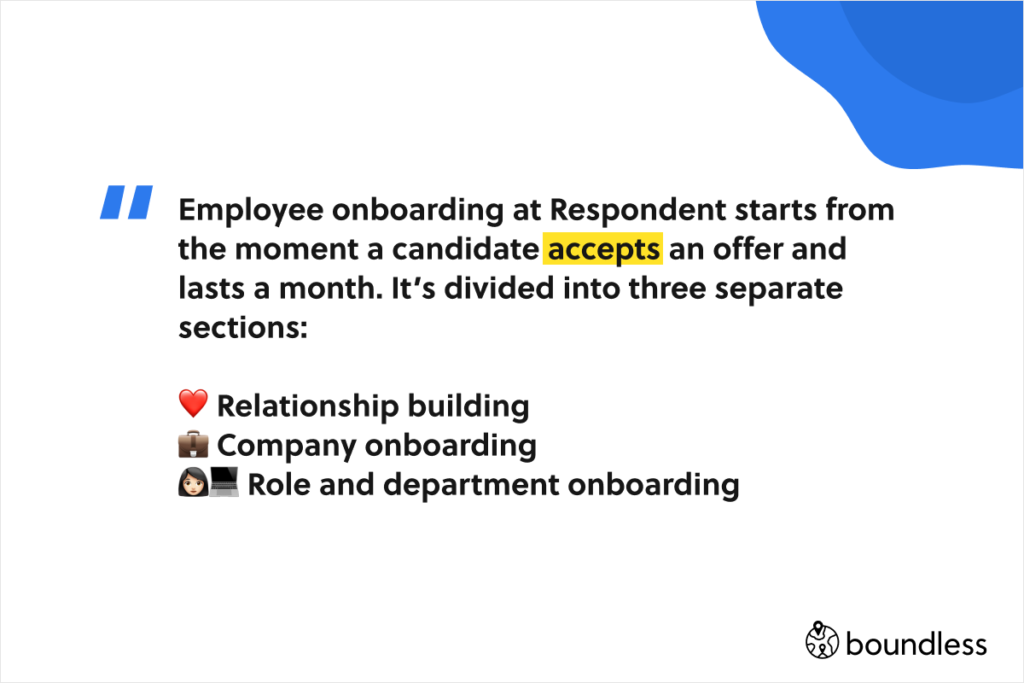
A few days before an employee starts, Kat sends a detailed email with a clear plan for their first day. This is particularly important for people that have never worked remotely and are probably anxious about how the first day would be since they are not going to an office. Their day always starts with a long call with Kat for which she will provide dial-in details in that email.
Kat organises the new starter's calendar for the first week, filling it up with meet-and-greet calls, as well as numerous learning activities. As her experience has taught her, pretty much every minute of a remote employee's first week should be booked with things to do. Doing that will assure they are on the right track and feel productive, all the while sparing them from having to use cognitive energy to figure out what they have to do. Alongside filling up their calendar, she also prepares a detailed To-Do list with all the things they will need to complete.
The first day is about building on the great initial impression, establishing relationships with the company, and allowing for some time to meet the team and start fostering relationships with them.
During the first meeting with Kat, she talks about some work fundamentals including the timezone in which the person is expected to be online, the Internet connection they need to have, and how to access email and other tools. She also covers some HR basics such as holidays and benefits, as well as remote work basics, such as video etiquette and what is appropriate and what isn't during video calls (dirty clothes in the background not so much; kids or pets, absolutely fine). At Respondent, people are asked to always keep their video on during calls. While sometimes seen as a controversial issue, Kat believes it's important for establishing the human connection between people.
The most crucial topic she covers during that call is Respondent's communication guidelines, what systems and tools are used, and the hierarchy of usage depending on the request.
For example, Respondent uses Slack for quick communication. If it's a question that can loosely be explained within five lines or less, the guidance is to use Slack. In turn, if the response requires a similar length of text, the advice is to also use Slack. If the subject involves communication that is longer than that, it will require a video call, or communication through a new task in the project management tool.
At the end of the meeting, Kat goes through the To-Do list, which she has created in Asana. Some things in it are straightforward, such as putting a photo on Slack. Others are a little bit more complicated such as watching various video tutorials or other forms of self-learning.
After their introductory meeting and set up on Slack, fellow team members send a welcome message to the new hire. Then Kat prompts a fun little game of two truths and a lie for which she uses a tool called Polly. Everyone in the company tries to guess the lie, which creates a friendly interaction between everyone. Knowing two, probably slightly obscure, facts about their new teammate is also a great conversation starter. Kat asks people to also provide photo evidence of their truths and put it on Slack for extra interaction.
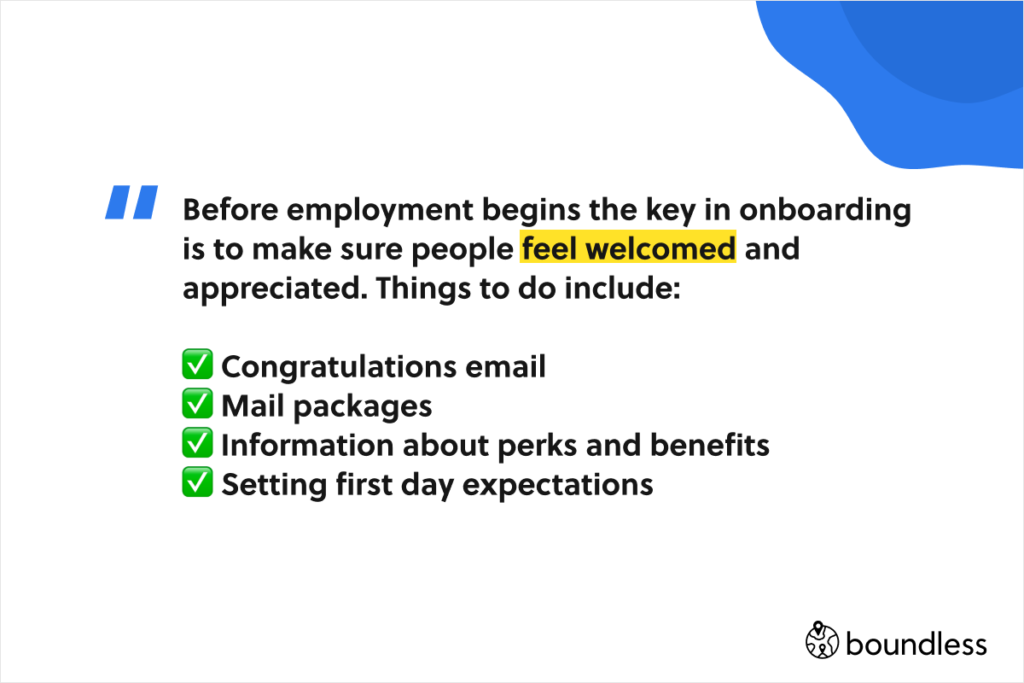
As part of their first day, a new hire also meets their hiring manager. Kat gives the hiring manager a template that they have to fill out, which will help structure how they onboard the person. They have to answer questions such as:
Meet-and-greets happen with all teammates, sometimes on an individual base, sometimes in groups of two or three people. To make these calls a smoother and less awkward experience, Kat provides icebreaker questions in advance to people so the conversation can be more natural but also have structure. Questions such as: what's your favourite karaoke song OR how do you feel our teams are going to work together, are some she suggests often.
While meetings are taking place, a new hire’s first few days are also filled with learning opportunities. These are presented through video calls for topics such as vision and mission, or as pre-recorded videos for topics such as meeting etiquette. A lot of these sessions have interactivity built-in. For example, in a session about giving and receiving feedback, Kat asks the person to actually provide feedback during it. She asks people to write down exactly how they would take a piece of feedback and then communicate it.
Similarly to familiarise themselves with the product, instead of just watching video tutorials, people are asked to go into the product, post a project and respond to it.
With great first and second impressions gathered from the remote employee onboarding process, this is the time to focus on the role itself, how the person will manage or be managed and how their day to day projects will be executed. While this is happening, the candidate continues to have meet-and-greets with the team and is also randomly paired with teammates via the Donut Bot.
Aside from filling out a template for the role, Kat asks managers to also complete a "how to work with me" user guide for themselves. It explains how someone can work with them in terms of habits and behaviour. For example, in her own user guide, Kat explains how she really likes to have more communication rather than less. Even if something doesn't seem like it's People Ops related, she still wants to be CCed on it. While she’s usually very responsive, she likes to take two hours in the middle of the day for heads-down work.
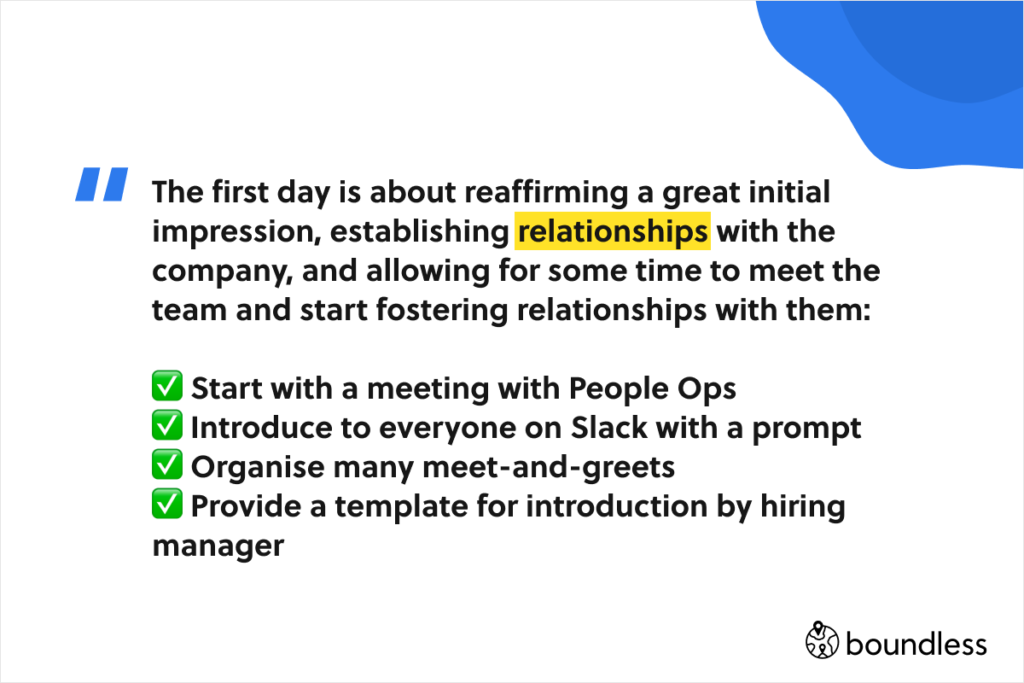
At the end of onboarding, Kat sends a survey to everyone, asking for their overall experience from the remote employee onboarding process as well as specific ones from interactive video sessions and hiring manager onboarding. She breaks the survey down to the three main parts of the journey: relationship building, company onboarding, role and department onboarding, and sees how things play out in each of those different categories. After a new hire has filled out the survey, she also has a one-to-one with them, as she aims to get more qualitative and anecdotal information from them.
According to Kat, the amount of time it takes to successfully onboard a remote employee depends on the size and speed the company is moving. For larger companies, the onboarding could last up to three months, while at smaller ones, it could be a week to a month. Respondent runs an intensive onboarding for the first week, which is where a lot of the relationship building and the company onboarding takes place. Role and department onboarding lasts about a month following that. Whatever the length is, Kat suggests using a ramp plan with clear milestones for everyone's clarity.
We know that topics such as remote employee onboarding are currently top of mind for many PeopleOps professionals. That is why, at Boundless, we run monthly online meetups, such as the one with Kat, to help find solutions together. You can watch the video with Kat or any other past meetups we have held on our newly launched online forum peopleops.net.
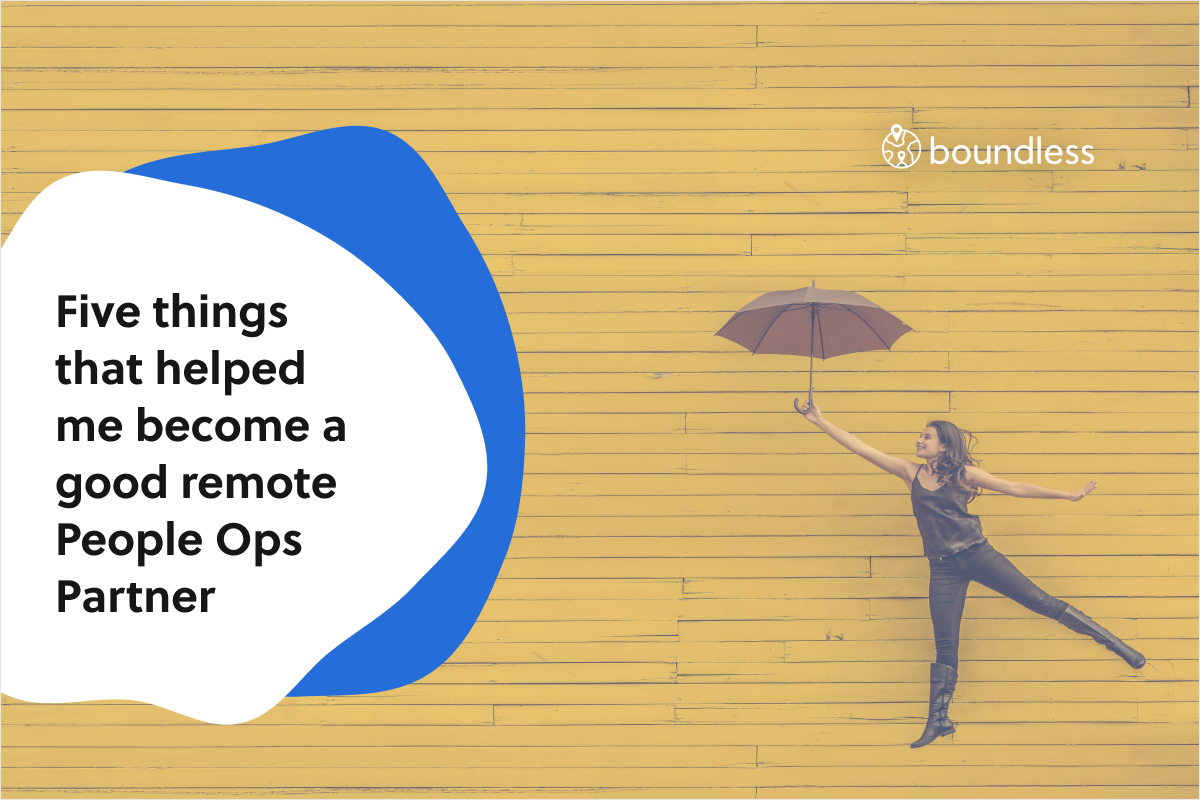
Five years on since I transitioned to People Ops, here is what I have learned about navigating People Ops in remote companies and making sure people are their best at work.

In this post, we discuss the role employers play in introducing good supportive practices as governments adapt to the new reality, the need for organisations to normalise conversations about disability and the talent opportunities available to companies that are inclusive in their approach to work.

For while the pandemic has accelerated the shift towards remote working, not allowing for much time to iron out the details and causing some teething pains along the way, the business world had a big problem with excessive, often unpaid out-of-hours remote working well before Covid. It's time to do something about it.
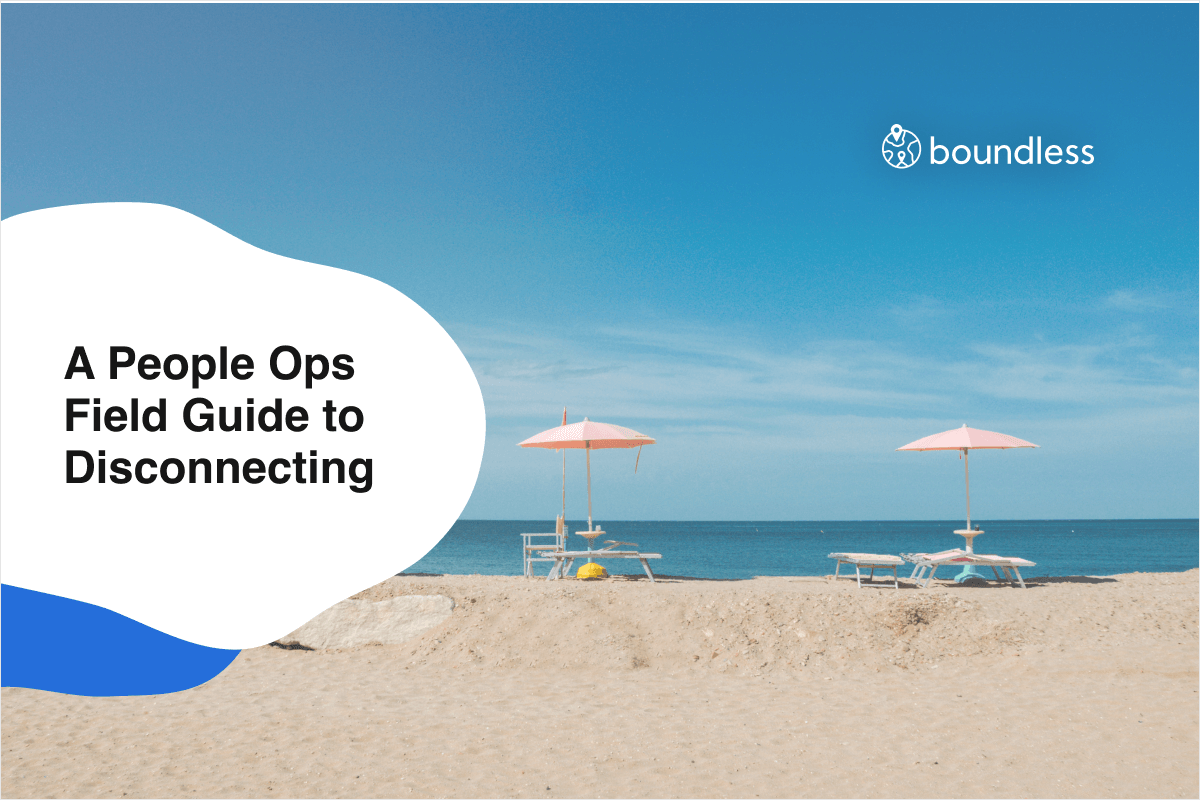
There are many reasons knowledge workers find themselves in a state of burnout. Fundamentally the problem with all of them is that they diminish the feeling of being 'allowed' to take time off or to disconnect properly. This is where intervention is required.
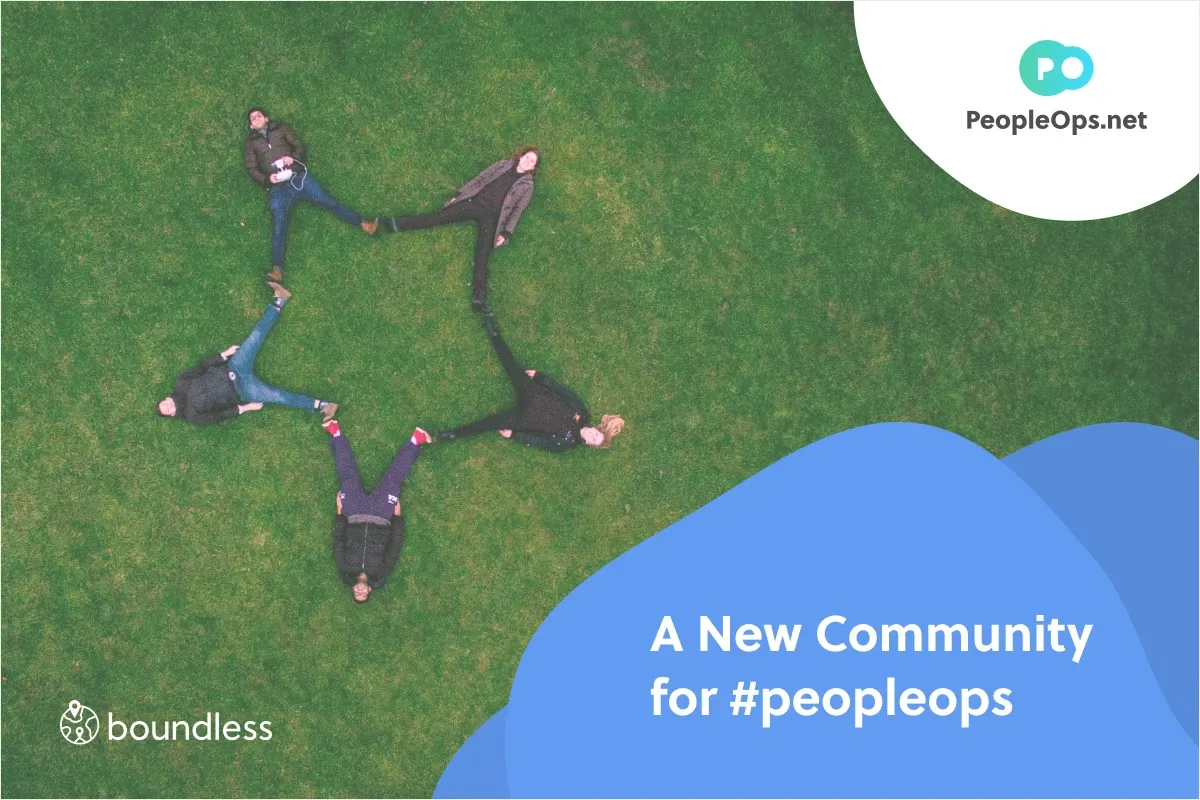
Today we are very excited to announce that we are creating a dedicated space for this community to continue to grow, share and learn from each other.